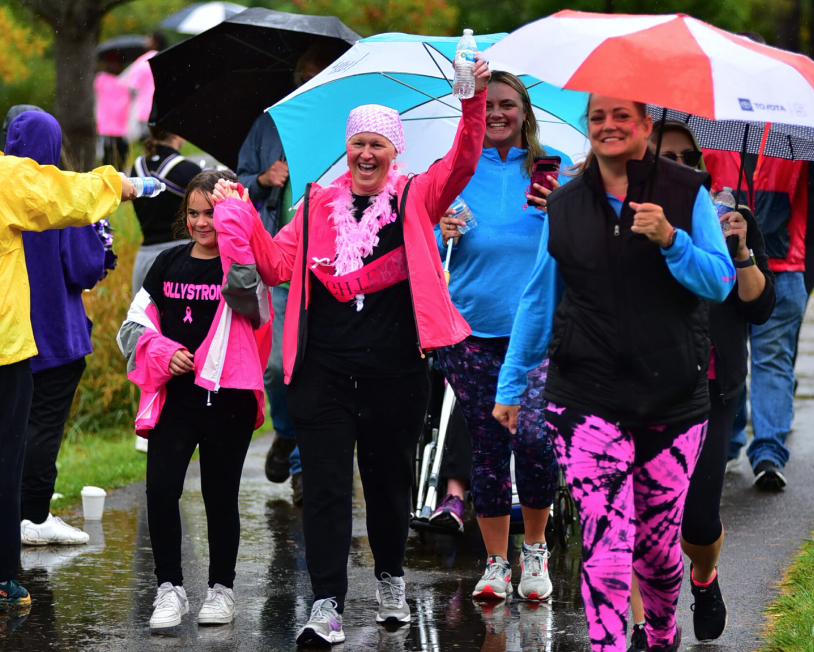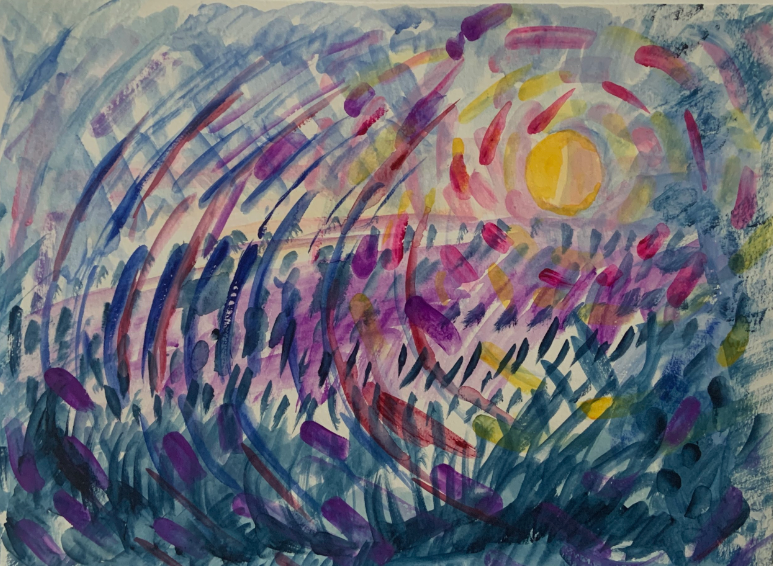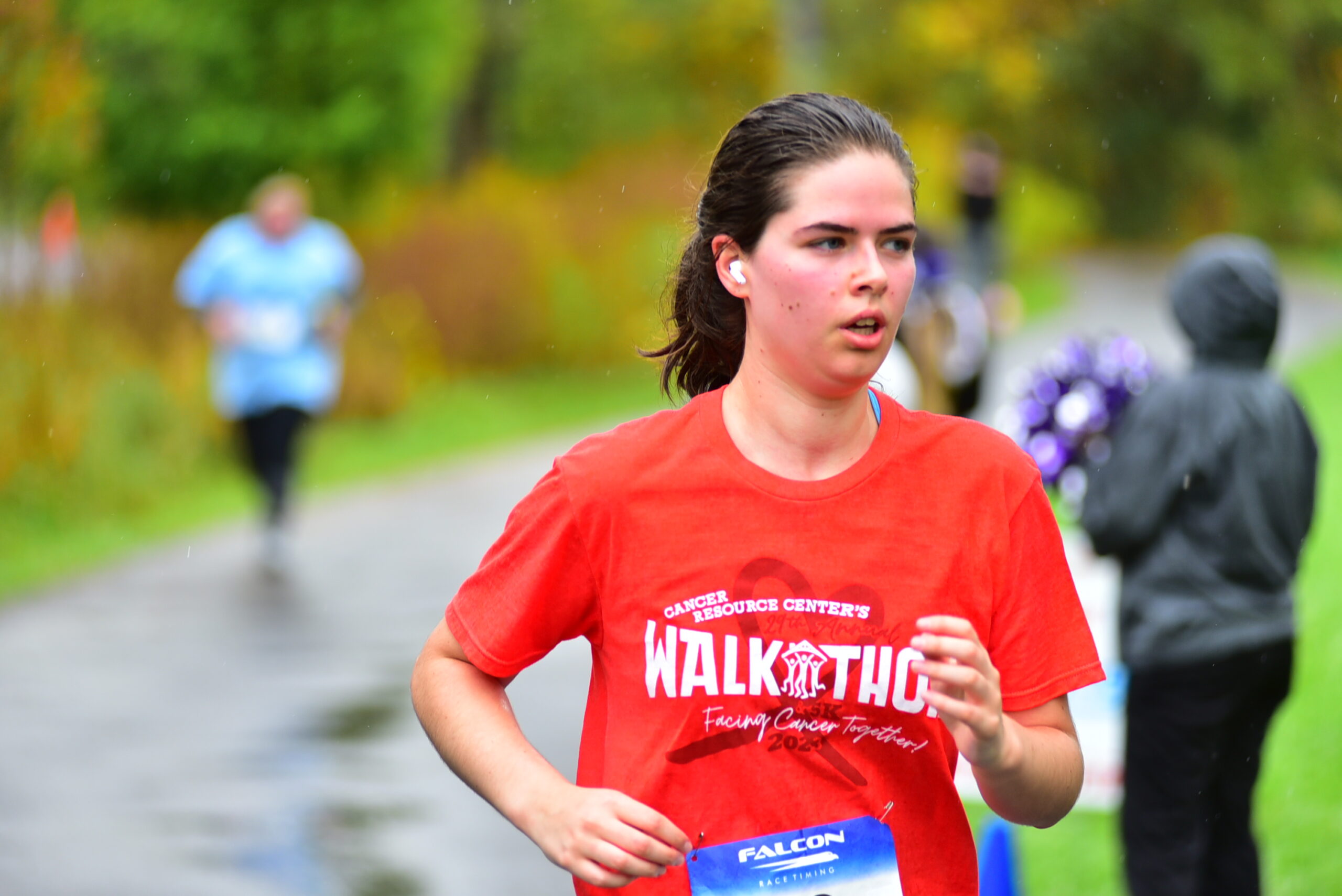I routinely talk with people who have just been diagnosed with cancer. They’re struggling with treatment decisions and the realization that life is suddenly different.
I also talk with people with advanced cancer who are coming to terms with a poor prognosis and the realization that, in all likelihood, they will die prematurely because of that cancer.
It is particularly devastating to receive both rounds of bad news at once-that you have cancer and that a cure is unlikely.
In the regular world, all cancer is bad, but in oncology offices, there are good cancers and there are bad cancers. I realize that “good cancer” sounds like an oxymoron, but cancer professionals often think in those terms. Good cancers are generally curable.
Of course, if it’s your cancer, it’s never a “good cancer,” a “garden variety cancer,” or any other term that seemingly diminishes your fears or the disruption of your life.
Breast cancer and prostate cancer are the most common cancers (aside from skin cancer), and they’re generally “good” cancers. People who receive these diagnoses undergo treatment and then return to their normal lives. In all likelihood, they will die many years later of something else.
But people who are diagnosed with the “bad” cancers often die from those cancers. New treatments are increasingly able to extend lives – often for many years – but a cure is the exception rather than the rule.
There are, however, survivors of even the worst diagnoses. I love meeting people who were treated for “bad” cancers years ago and are still going strong. There are no absolutes.
And many cancers fall somewhere in between being a good cancer and a bad cancer on the spectrum of cancer survivability. A recent movie had the title “50/50” which reflected the main character’s odds of being cured of his cancer.
People with cancer learn to coexist with uncertainty. We may not like it, but it is what it is. As one individual recently told me, “I don’t worry about the future because I can’t control it. But I can control how I lead my life today and I’m going to make the most of it.”
Revised article published in the Ithaca Journal, September 12, 2015
Click here for all of Bob’s columns





